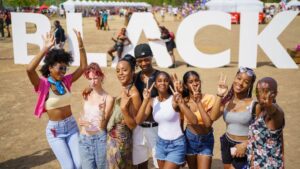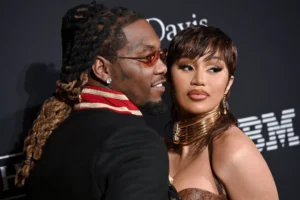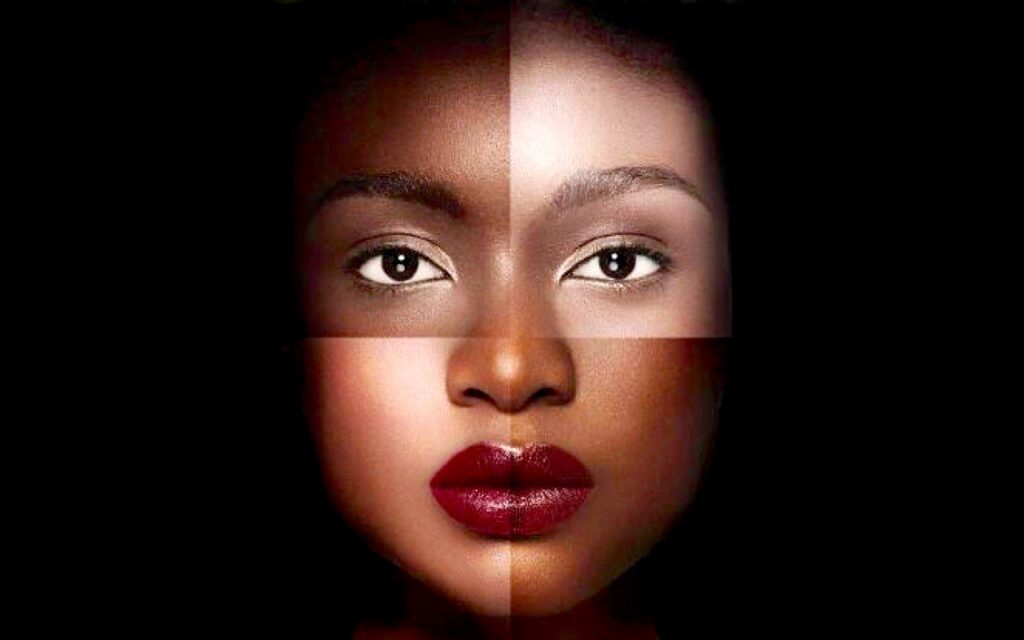
Let’s get real—when we talk about racism, the conversation usually centers around the tension between Black and white. But there’s another layer, one that cuts within our own community: colorism.
Colorism isn’t new. It’s a relic of colonialism and slavery, when lighter skin meant closer proximity to power, privilege, and even freedom. Today, that legacy still lingers—on TV screens, in job interviews, in dating preferences, and even in our own households.
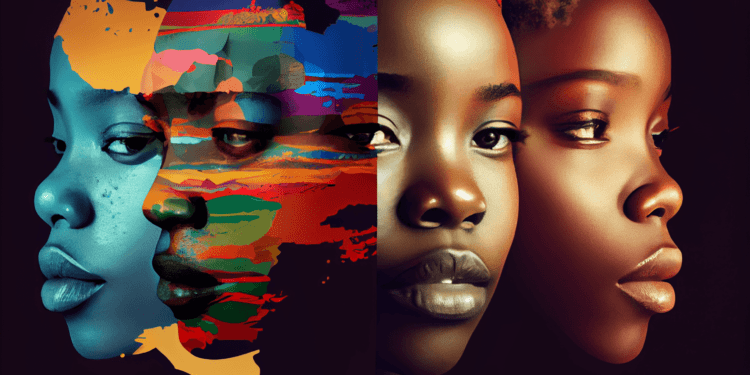
Ask around, and you’ll hear stories. A dark-skinned girl told she’s “pretty for a dark-skinned girl.” A light-skinned brother assumed to be soft, bougie, or disconnected. These microaggressions stack up, reinforcing a toxic hierarchy that shouldn’t exist among us.
But let’s not get it twisted—this isn’t about pointing fingers. It’s about awareness and healing. We’ve got to recognize how deeply these biases are embedded and call them out when we see them. It starts in the barbershop, the kitchen table, and the group chat. It starts when we check ourselves and each other.
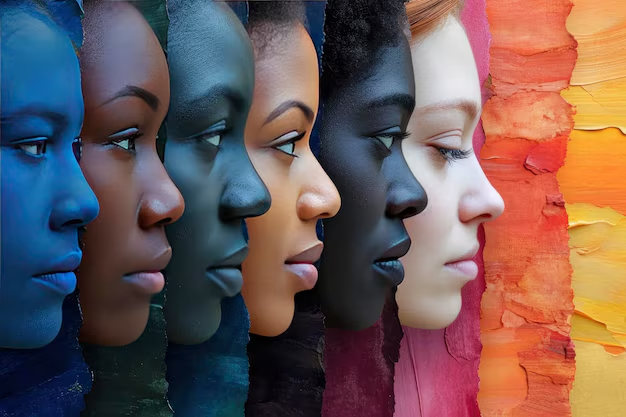
Loving Blackness means loving it in every shade—from the deepest melanin-rich brown to the lightest tone. It means honoring the full spectrum, not creating divisions within it.
We at Word In The Streets are here for the tough conversations, the honest reflections, and the radical love that pushes our culture forward. So let’s keep this one going.
What’s your experience with colorism? Hit us up—we want to hear your truth.
⸻

